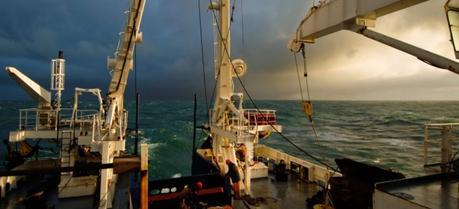 The Mermaid project aims to combine offshore wind with aquaculture and transport. (Credit: Technical University of Denmark)
The Mermaid project aims to combine offshore wind with aquaculture and transport. (Credit: Technical University of Denmark)The future oceans around Europe will contain even more offshore wind farms, wave energy systems and different kinds of aquacultures for fish- and seaweed farms.
But the space at sea is after all limited, and offshore activities are usually expensive. The Mermaid project is therefore working to identify effective means of exploiting existing offshore installations so that several areas can be used in different ways simultaneously.
SEE ALSO: Rerouting Ships Can Save Billions for Offshore Wind
The Mermaid project recently produced a film showcasing its activities. The film provides an insight into the different test sites, featuring interviews with scientists and members of industry attached to the project. The film is introduced by Máire Geoghegan-Quinn, European Commissioner for Research, Innovation and Science.
The Mermaid project has four different test facilities in the Danish Wadden Sea, the Baltic Sea, the Mediterranean Sea and the Atlantic Ocean, respectively, enabling scientists to examine vastly differing conditions in four marine areas.
The Baltic Sea is an area where fresh river water mixes with salt water, while the Wadden Sea is subject to shifting seabed conditions. The Atlantic Ocean and the Mediterranean Sea are deep water areas, with the Mediterranean enjoying greater coastline protection than the Atlantic Ocean.
At the Atlantic Ocean test site, scientists are examining a combination of offshore wind farms and wave energy systems based solely on floating structures due to the immense depth. In the Mediterranean, a platform combining floating wind turbines, wave energy systems and fish farming is being tested. In the Wadden Sea, a platform combining wind turbines and wave energy systems and seaweed and shellfish farms is being tested. A major offshore wind farm is planned for the Baltic Sea in 2020, providing the opportunity to test the feasibility of fish- and seaweed farming.
The project’s full title is Innovative Multi-purpose offshore platforms: planning, design and operation. Running for four years—from the beginning of 2012 to the end of 2015—the project is part of the EU’s Ocean of Tomorrow program. The project, coordinated by the Technical University of Denmark (DTU), has a total budget of €7.4 million and 29 participants.

